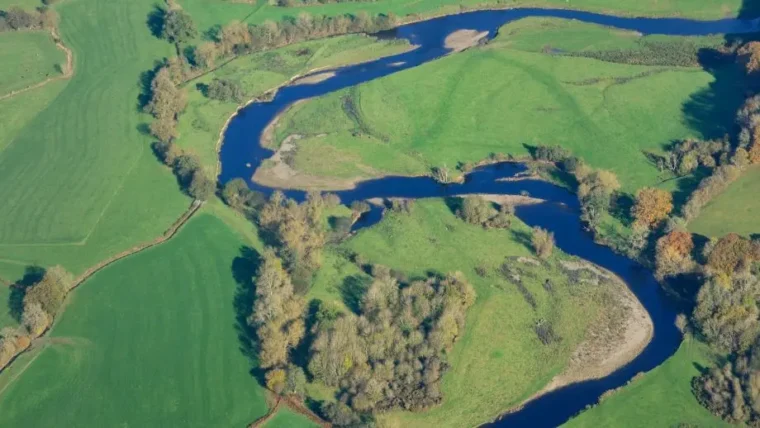What is ISO14001 and how has it changed?
21 October 2015

What is ISO14001?
The ISO 14000 family of standards are international standards that provide practical tools for companies of all sizes to manage their environmental responsibilities. There are a number of standards that focus on specific approaches such as audits, communications, labelling and life cycle analysis. Arguably, ISO14001 ‘Environmental Management Systems – Requirements with Guidance for Use’ is the most important standard. ISO14001 provides guidance on the features required for a successful Environmental Management System (EMS). It is based on the Plan-Do-Check-Act model and encourages continual improvement in an organisations systems and environmental performance. For organisations that have policies and procedures in place to manage their environmental performance who meet the requirements of the standard, they can be audited and certified to ISO14001 by an external organisation. This shows third parties that they have the relevant documentation in place to manage their environmental impacts and take their environmental responsibilities seriously. There are over 285,800 organisations that use the standard worldwide (IEMA, 2015).
Why is ISO14001 being revised?
All ISO standards are reviewed on a five year cycle to determine if revision is required to ensure its continued relevance in the international marketplace. The second version was published in 2004 and the newest version was published in September 2015. The revision process is quite long, the proposal stage for the ISO14001 revision started in August 2011. The new standard is designed to respond to the latest trends and the structure is altered to make it compatible with other management system standards, making integration between different systems much easier.
How has it changed?
There are some fairly big changes to the standard that may prove challenging for some organisations that already hold ISO14001 to the 2004 standard. One of the most significant changes is the increased prominence of environmental management within an organisations strategic planning processes and a greater focus on leadership. This is to encourage greater integration of environmental management into overall business practice and direction. It also places a greater responsibility on top management to be accountable for the EMS’s effectiveness. While it is recognised that responsibility for elements of the EMS can be delegated, overall accountability cannot. At the management review, opportunities for further integration of the EMS with other systems must also be completed.
Evaluating organisational risks and opportunities must be done in the context of external environmental conditions, for example adapting to climate change and resource availability. This expectation also ensures that businesses look at the potential environmental benefits of their activities, as well as the adverse effects. Organisations are also expected to consider lifecycle thinking when considering environmental aspects. This means considering the consecutive and interlinked stages of a product or service system, from raw material acquisition or generation from natural resources to final disposal.
The environmental policy now has a wider commitment beyond the prevention of pollution, to protect the environment. There is also a greater focus on environmental performance improvement across the value chain. The requirements for communication have been expanded to include overall strategy and an emphasis on data quality and assurance.
The overall structure of ISO14001 will look different in this new standard. It follows the ‘high level structure’ of all new ISO standards to allow identical structures for all management systems and for the consistent use of core texts and terms. Hopefully, this should make all standards more comprehensible and combined certifications more efficient.
If you already have ISO14001, you are working towards ISO14001 or want to get ISO14001 in the future, there are certain things you will have to be aware of. Our blog next week will discuss this. If you have any questions about the changes to ISO14001 or about how it will affect you, please leave a comment below and we will make sure to answer it in next weeks blog.









